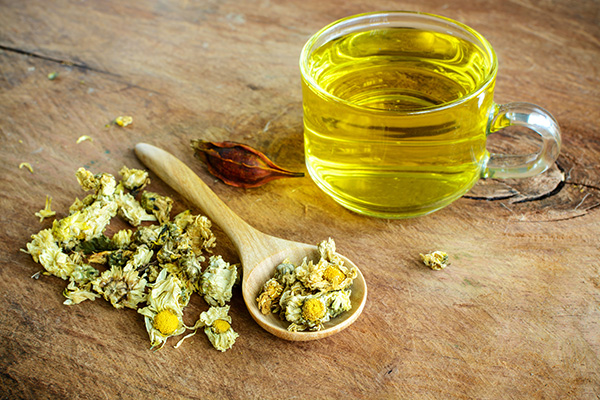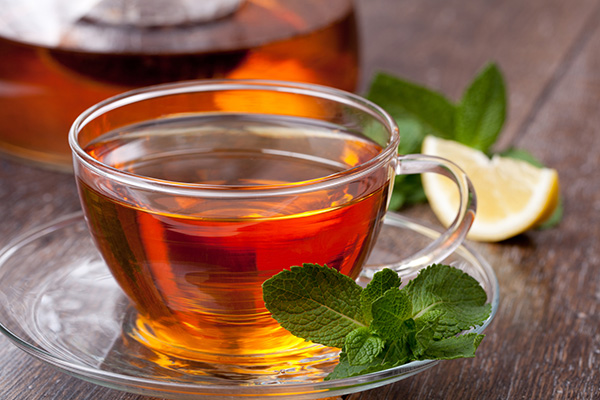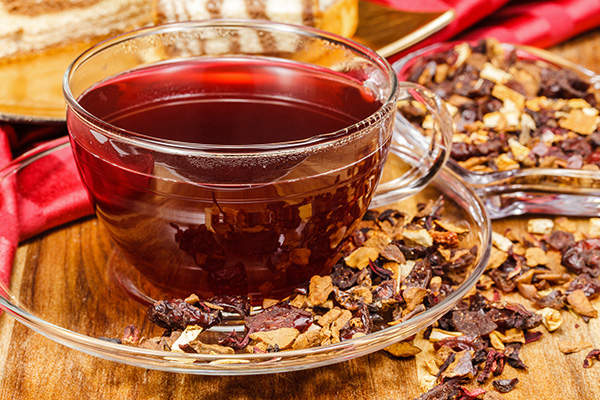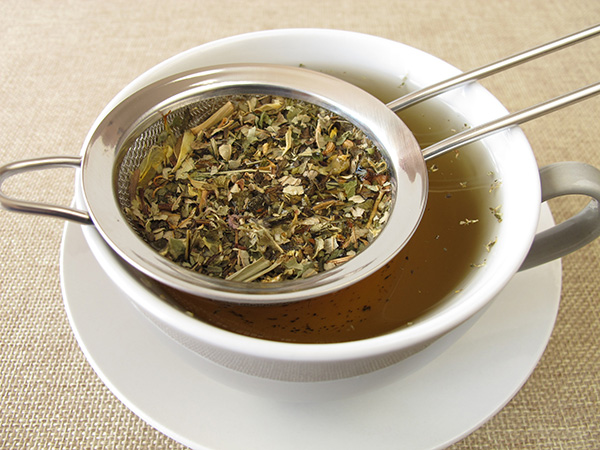How to Re-Steep Tea
Many wonder if it’s possible to re-steep tea, and if so, then how.
In this comprehensive guide, we explore the process of re-steeping various types of loose-leaf tea and tea bags, including black, green, oolong, white, yellow, pu-erh, and herbal teas. Learn how many times you can steep each tea type, as well as tips and tricks for successful re-steeping.
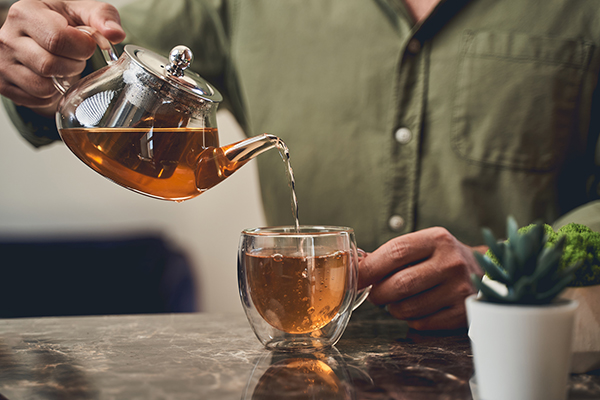
Can You Resteep Tea?
The answer is a resounding yes! Re-steeping, or reusing tea leaves for multiple infusions, is a practice that has been around for centuries. It’s a great way to enjoy the different flavors and nuances that the same leaves can offer, while also reducing waste and getting the most out of your tea. Keep in mind, however, that the quality and type of tea will impact how many times it can be re-steeped.
Why Re-Steep Tea?
There are several reasons to re-steep your tea:
- Unlocking different flavors: As tea leaves steep, they release different compounds that contribute to the taste and aroma of the tea. Re-steeping allows you to explore the different flavors that the same leaves can produce.
- Maximizing value: High-quality tea leaves can be expensive. Re-steeping allows you to get more cups of tea from the same amount of leaves, making it a more economical choice.
- Reducing waste: Reusing tea leaves means less waste, making it a more environmentally friendly practice.
How Many Times Can You Steep Loose Leaf Tea and Tea Bags?
The number of times you can steep loose-leaf tea and tea bags depends on the type of tea and the quality of the leaves. Here’s a general guideline for various types of tea:
- Black tea: Loose-leaf black teas can be steeped 2-3 times, depending on the quality. The second steeping will have a slightly lighter flavor. Tea bags generally shouldn’t be re-steeped, as they contain smaller, crushed leaves that release tannins more quickly, leading to a bitter taste.
- Green tea: High-quality loose-leaf green teas can be steeped 3-4 times, with a decrease in flavor and aroma after each infusion. Tea bags can be re-steeped once, but the flavor may be weaker and less satisfying.
- Oolong tea: Oolong teas are known for their ability to be re-steeped multiple times. Loose leaf oolong can be steeped 4-6 times, with the flavor evolving and becoming lighter with each infusion. Tea bags can be re-steeped 2-3 times, but the flavor will not be as rich as loose-leaf.
- White tea: Loose-leaf white teas can be steeped 2-3 times, with the flavor becoming more delicate with each infusion. Tea bags can be re-steeped once, but the flavor may be quite weak.
- Yellow tea: Similar to white and green teas, loose-leaf yellow teas can be steeped 2-3 times. The flavor will become more subtle with each infusion. It’s not recommended to re-steep yellow tea bags, as the delicate flavors may not come through in subsequent infusions.
- Pu-erh tea: Loose-leaf pu-erh teas, especially high-quality aged varieties, can be re-steeped up to 8-10 times or more. The flavor changes with each steeping, offering a unique tea experience. Tea bags can be re-steeped 2-3 times, but the flavor may not be as complex as loose-leaf.
- Herbal teas: The re-steeping potential of herbal teas depends on the specific ingredients used. Some herbal teas, like those containing whole flowers or fruits, can be steeped 2-3 times. Others, with finely chopped ingredients or tea bags, may not be suitable for re-steeping as the flavor may become too weak.
Keep in mind that these guidelines are general suggestions, and the actual number of times you can re-steep tea will depend on factors like personal taste preferences and the quality of the tea leaves. Experiment with different steeping times and temperatures to find the perfect balance for your taste buds.
How to Re-Steep Tea
To get the best results when re-steeping tea, follow these steps:
Choose the Right Tea
Not all teas are suitable for re-steeping. Whole-leaf teas, such as oolongs, greens, whites, and high-quality black teas, are the best choices for re-steeping. Teas with smaller leaves, like those found in tea bags, may become bitter when re-steeped due to the quick release of tannins.
Use Fresh Water
Always use fresh, cold water for each steeping. Avoid reusing the same water, as this can lead to a weak and flat-tasting tea.
Adjust Steeping Time and Temperature
When re-steeping tea, you may need to adjust the steeping time and temperature to extract the best flavors. As a general rule, increase the steeping time by 30 seconds to one minute for each subsequent infusion. The water temperature can remain the same or be slightly increased, depending on the tea type.
Taste as You Go
Since re-steeping tea can yield different flavors, it’s essential to taste each infusion to determine if you need to make any adjustments to the steeping time or temperature.
Know When to Stop
The number of times you can re-steep tea will depend on the type and quality of the tea. Generally, green and white teas can be re-steeped two to three times, while oolong and black teas can be re-steeped up to four or five times. Keep in mind that the flavor will become weaker with each steeping, so stop when you’re no longer satisfied with the taste.
What to Do with Tea Leaves After Re-Steeping
After you’ve enjoyed multiple infusions of your tea, you might wonder what to do with the spent leaves. Here are a few ideas:
Composting
Tea leaves are an excellent addition to your compost pile, as they are rich in nutrients and can help improve the soil structure.
Use as a Fertilizer
Tea leaves can also be used as a natural fertilizer for your plants. Simply scatter the spent leaves around the base of your plants or mix them into the soil.
Create a Tea Leaf Sachet
Dry the used tea leaves and place them in a small fabric pouch to create a sachet. These can be used to freshen up drawers, closets, or even your car.
Natural Dye
Tea leaves can be used as a natural dye for fabrics or paper. Simmer the used tea leaves in water, strain the liquid, and use it as a dye bath for your desired material. The color intensity will vary depending on the type of tea used and the duration of steeping.
DIY Beauty Treatments
Tea leaves have antioxidant and anti-inflammatory properties, making them a fantastic ingredient for DIY beauty treatments. Create a facial steam by adding the used tea leaves to a bowl of hot water and allowing the steam to open up your pores. Alternatively, you can mix the spent leaves with a base like honey or yogurt to make a refreshing face mask.
Tips for Successful Re-Steeping
To make the most out of your re-steeping experience, keep these tips in mind:
- Store tea leaves properly: To maintain the freshness of your tea leaves between infusions, store them in a cool, dry, and dark place. Avoid exposing them to air, moisture, or direct sunlight.
- Don’t over-steep: Over-steeping tea leaves can result in a bitter taste. Follow the recommended steeping times for each type of tea and adjust as needed.
- Clean your teapot: Make sure your teapot is clean before re-steeping tea leaves. Residual flavors from previous brews can affect the taste of your tea.
- Experiment: Re-steeping tea is all about exploring the different flavors that tea leaves can offer. Don’t be afraid to experiment with different steeping times and temperatures to find the perfect cup of tea for your taste buds.
In Conclusion
Re-steeping tea is a fantastic way to unlock the full potential of your tea leaves, save money, and reduce waste. By following the tips and guidelines outlined in this article, you can enjoy multiple infusions of your favorite tea and discover new flavors in the process. So, the next time you brew a pot of tea, don’t discard those leaves after the first steep – give them another chance to delight your senses!

